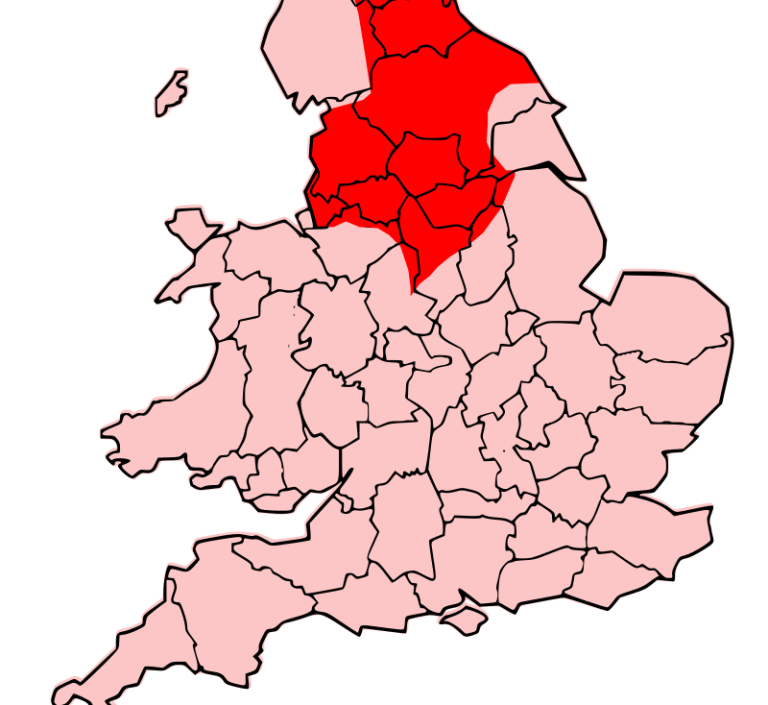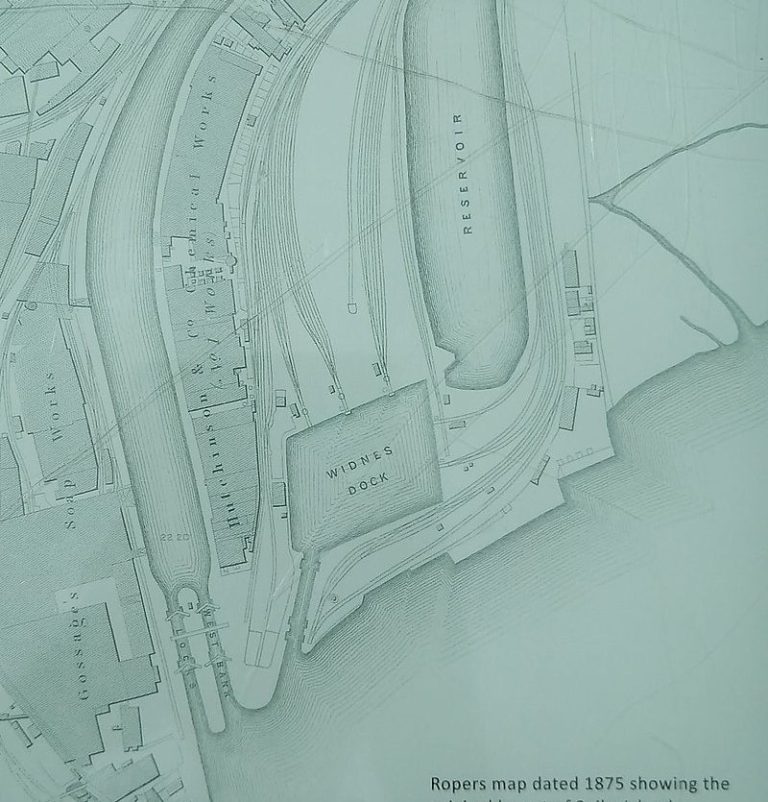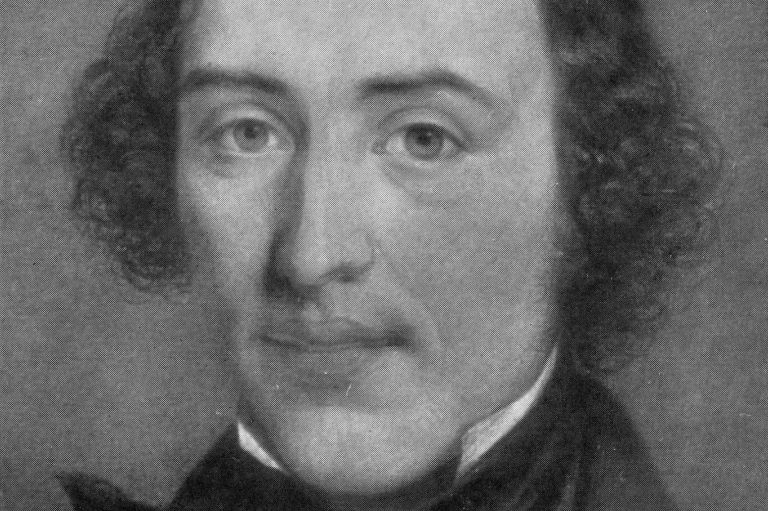
Contents
Pre-History and Roman History
Viking
Medieval Hamlets
Industrial Expansion
Industrial Revolution
The 20th and 21st Centuries

Evidence of Inhabitation around Pex Hill dates back 12,000 years.

It is unclear when habitation in Widnes began, but flint arrow heads have been found at Pex Hill. These arrow heads date back to the Stone Age, meaning that people were most likely present in the area from around 10,000 B.C.E.

The Widnes area sat right at the Soutern border of Brgante Tribe territory before the arrival of the Romans. Roman roads mostly bypassed Widnes, which would make it seem as if the Roman’s did not occupy the area. However, the Roman’s did occupy Runcorn, as Runcorn was only one side of the Mersey crossing, so it is most likely that another small post was erected by the Roman’s in Widnes. If it was built only with wood the remains would be very difficult to find. Roman coins were also found around the site of Ditton railway station.


In AD 793 a raid on the North East of England at Lindisfarne signalled the start of the Viking age. By AD 886 they had taken over the nprth of England and a treaty with Alfred gave them all of the territory from the Mersey to East Anglia, this area beacme known as Danelaw.
The area opposite Runcorn and its border fort became known as Vidnoese or widenose, meaning in old Norse "Vid" - wide and Noese meaning nose and refers to the outcrop of land jutting into the Mersey. This transformed over time to Vidnes, Wydnes, Wydness and finally Widnes.
The fact that the River Mersey was the boundary between the Vikings and the Anglo Saxons led to it being named, the Anglo-Saxon word "Maeres ea" means literally Boundary River.

The next big change to the area came with the Norman conquest . After the conquest the Earldom of Lancashire was given to Roger the Poitevin who in turn granted the Barony of Widnes to Yofrid. The Barony actually covered a large area stetching from the Mersey to Huyton and Eccleston. Yofrid was the first and also the last Baron of Widnes, he had 2 daughters one of which married William Fitznigel, the baron of Halton and both Baronys became ruled from Halton.
The settlements around modern day Widnes began to grow, with William Smyth the Bishop of Lincoln showing a special interest in Farnworth. Smyth was born in the village of Farnworth and during his life he took a special interest in the development of his birth place. In 1180 he ordered the construction of the church now known as St. Luke’s (pictured). The church, now an Anglican chapel, was originally a Catholic Church, dedicated to St. Wilfrid.
He also built a grammar school in Farnworth.
The Industrial revolution came to Widnes very late, the scatterd hamlets remained isolated until the construction of the Sankey Canal in 1750. The canal was extended in 1762 and also in 1833.

Route of the St Helens Sankey canal.
The Industrial revolution came to Widnes very late, the scatterd hamlets remained isolated until the construction of the Sankey Canal in 1750. The canal was extended in 1762 and also in 1833.

Example of the first railways in Britain

Route of the St Helens and Runcorn Gap Railway
Also in 1833, the St Helens and Runcorn Gap railway was constructed, which terminated at the Widnes Dock, making it the first railway dock in the world.

Widnes Railway Dock 1875
Despite all of the new connections to the rest of England, Widnes remained mostly isolated until 1847, which was very surprising given it’s proximity to Liverpool, at the time the second city of the British Empire.

John Hutchinson (1835-1865)
The first factory in Widnes was built on Spike Island in 1847, by John Hutchinson, to create alkali. The site was ideal, new canals and railways meant raw materials could be transported to and from the factory with ease, and finished products could do the same. The existing chemical plants in Runcorn made sure the new factories in Widnes were both needed and ready and the easy access to the docks in Liverpool gave the new factories access to the entire British Empire.

Henry Deacon (1822-1876)
The prime placement of Widnes did not go unnoticed, soon enough John McClellan, William Gossage, Frederic Muspratt, Holbrook Gaskell and Henry Deacon had all chosen Widnes as the best place for their new factories. The population boomed as the factories provided social provisions and housing for their workers and their families. Widnes grew rapidly, and soon subsumed the nearby villages of Farnworth, Appleton, Ditton and Upton and the growing town desperately needed workers for it’s new factories, with the arrival of immigrant workers from Lithuanian, Poland and Wales the population of Widnes grew by 400% in just 30 years.
The relatively quick growth of the town brought heavy pollution to the area. Less than 40 years after the first factory was built Widnes was described in a national news paper as ‘the dirtiest, ugliest and most depressing town in England’, and by 1905 it was described as a "Poisinous helll hole"
Rodert Sherard on Widnes.
Their especial ugliness is, however, never more marked than when the spring is making beautiful every nook and corner of England, for the spring never comes hither.
It never comes because, neither at Widnes nor St. Helens, is there any place in which it can manifest itself.
The foul gases which, belched forth night and day from the many factories, rot the clothes, the teeth, and, in the end, the bodies of the workers, have killed every tree and every blade of grass for miles around.



By 1950 there were 45 major chemical factories, and work had begun on removing the slums and building newer housing for residents. In 1961 the outdated transporter bridge connecting Widnes to Runcorn was replaced with the new Silver Jubilee Bridge, and in 2017 another freight bridge, the Mersey Gateway was built to ease traffic through Widnes. Industry in Widnes had now transformed from pollution heavy chemical industries to clean chemical factories and an abundance of light Industry. After the factories shut in Widnes the health of the town drastically improved. Spike Island (pictured left), which had been the site of Widnes’ first factory is now a designated green space and parkland Improvements to the town’s infrastructure continued throughout the 20th century.
https://www.geni.com/people/Yarfrid-de-Widness-Baron-of-Widnes/6000000003949736224
http://www.penninewaterways.co.uk/sankey/sa2.htm
https://en.wikipedia.org/wiki/Brigantia_%28ancient_region%29 The Brigate tribe
https://www.runcornhistsoc.org.uk/ethelfleda/runcorn_2.html Ethelfleda statue
https://kids.kiddle.co/Halton_Castle
https://historicengland.org.uk/listing/the-list/list-entry/1015606
http://disused-stations.org.uk/e/ethelfleda_bridge/index.shtml
https://www.britainfromabove.org.uk/image/epr000595
https://harmonious-entrepreneurship.org/professor-kirby-home-case-study-here/
https://www.nortonpriory.org/
https://confidentials.com/manchester/homeward-bound-paul-simon-widnes-station-myth-or-reality
https://www.alamy.com/stock-photo/runcorn-england.html?sortBy=rel
https://www.britainfromabove.org.uk/search?keywords=runcorn&country=global&year=all
https://www.flickr.com/search/?text=runcorn
https://www.ribapix.com/search?adv=false&cid=0&mid=0&vid=0&q=runcorn&sid=false&isc=true&orderBy=0&pagenumber=4
https://www.istockphoto.com/photos/runcorn
Powered by N&PW in association with Open360
We need your consent to load the translations
We use a third-party service to translate the website content that may collect data about your activity. Please review the details and accept the service to view the translations.